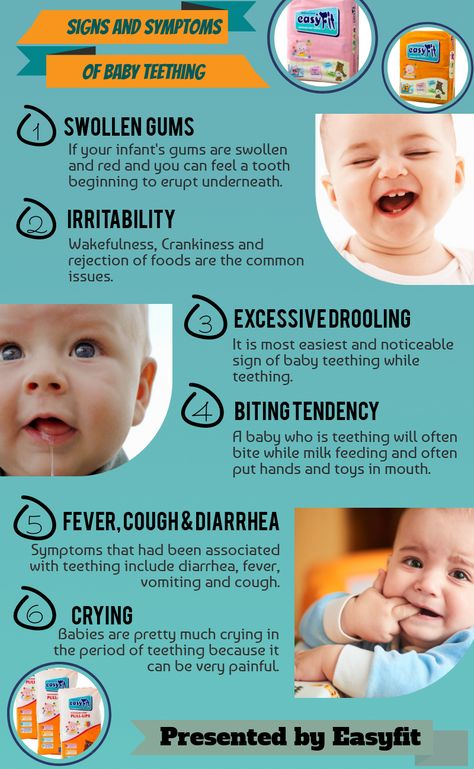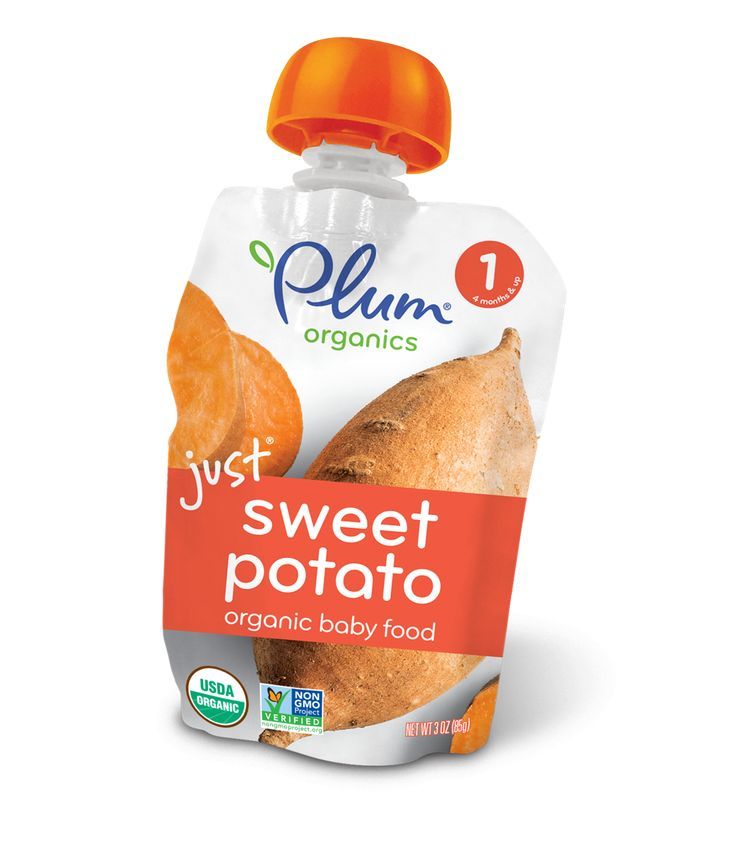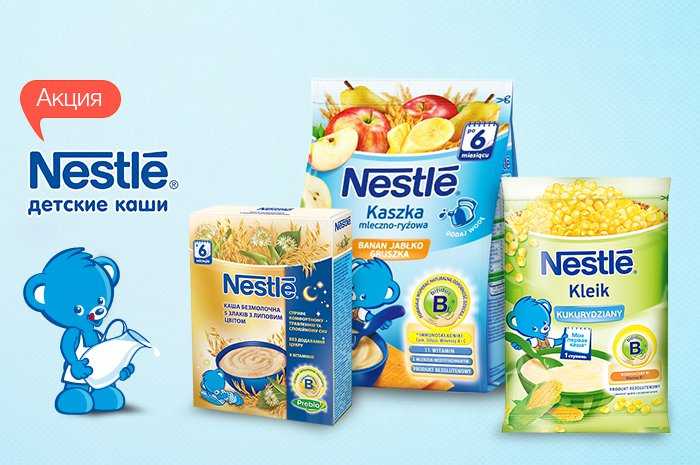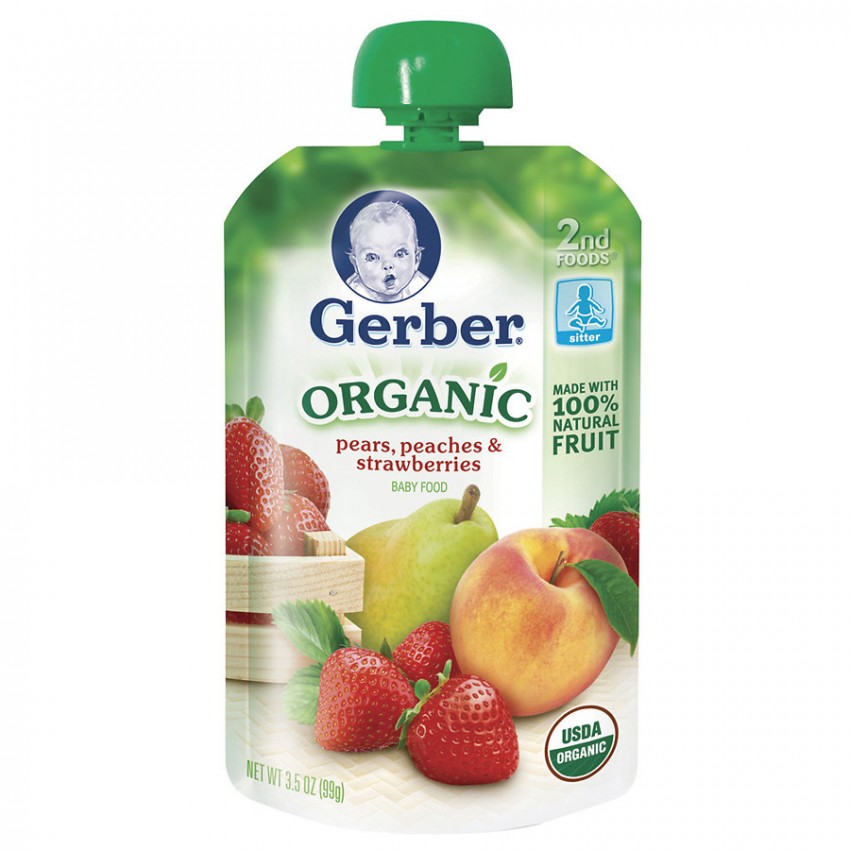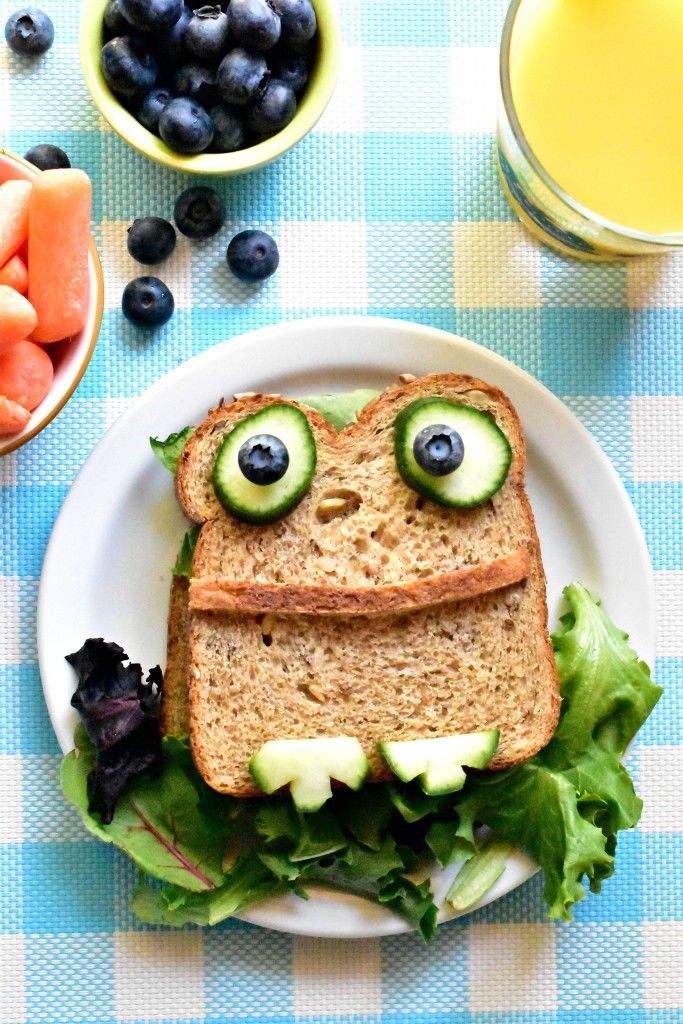How to feed baby when teething
How do I breastfeed a teething baby?
When babies bite during breastfeeding it hurts! And it's usually due to teething. It's important for parents to know that teething shouldn't signify an end of breastfeeding. Some babies begin to get teeth as early as 3 months of age, and most begin teething between 4–7 months of age. Some babies feel so little pain their mothers don’t realize they’re teething until they see the first bits of white teeth peeking through their baby’s gums. However, many babies do feel pain from teething and, unfortunately, biting the breast can ease that pain.
Here are some tips on how to keep your baby from biting, so that you can successfully and comfortably breastfeed a teething baby:
- Use teething soothers before breastfeeding. Give your child other things to chew on for a few minutes before breastfeeding him. A clean washcloth that has been moistened with cool water and placed in the freezer for a few minutes works well, or a firm rubber ring designed especially for teething babies.
Rubbing a clean finger gently across your baby’s gums may also provide temporary relief. Or you can put a few pieces of ice in a clean baby sock and tie off the top. If your baby is older than 6 months and eating complementary foods, he may enjoy cold foods such as applesauce, yogurt, or a frozen banana.
- Use a pain reliever. Teething pain is a natural condition of childhood. As such, many parents feel a pain reliever is unnecessary. However, if the pain is especially troubling to your baby and soothers are not working, you may want give your child a pain reliever—ibuprofen or acetaminophen (but never aspirin, due to the risk of Reye's syndrome)—about 30–45 minutes before breastfeeding. Ask your child's health care provider to recommend the correct dose, which should be based on your child's weight (not his age). And be sure to use the dosing spoon or cup that comes with the medication.
- Avoid topical anesthetics. Never use a topical benzocaine gel (such as Orajel) in children under 2 years of age due to the risk of methemoglobinemia, a serious condition that limits the amount of oxygen in the blood.
 Also avoid lidocaine gel preparations. The Food and Drug Administration has issued a “Boxed Warning,” its most serious warning, cautioning parents to not use these products for teething pain due to the risk of seizures, brain injury, heart damage, and death. The Food and Drug Administration (FDA) has issued warnings against the use of homeopathic teething tablets in 2016 and 2017, as its testing has shown inconsistent levels of belladonna (deadly nightshade) in these products. The agency continues to investigate reports of adverse reactions, including seizures in infants and children who were given these products. Also, essential oils are not safety-tested for ingestion or topical use with children; although they are derived from plants, they may cause irritation or allergic reaction, and some may be toxic if ingested.
Also avoid lidocaine gel preparations. The Food and Drug Administration has issued a “Boxed Warning,” its most serious warning, cautioning parents to not use these products for teething pain due to the risk of seizures, brain injury, heart damage, and death. The Food and Drug Administration (FDA) has issued warnings against the use of homeopathic teething tablets in 2016 and 2017, as its testing has shown inconsistent levels of belladonna (deadly nightshade) in these products. The agency continues to investigate reports of adverse reactions, including seizures in infants and children who were given these products. Also, essential oils are not safety-tested for ingestion or topical use with children; although they are derived from plants, they may cause irritation or allergic reaction, and some may be toxic if ingested. - Check your baby’s latch. A baby who is latched on correctly—with a wide open mouth and the nipple far back in his mouth—cannot bite. Keep in mind that if he gets sleepy and the nipple is slipping away, he may bite reflexively.
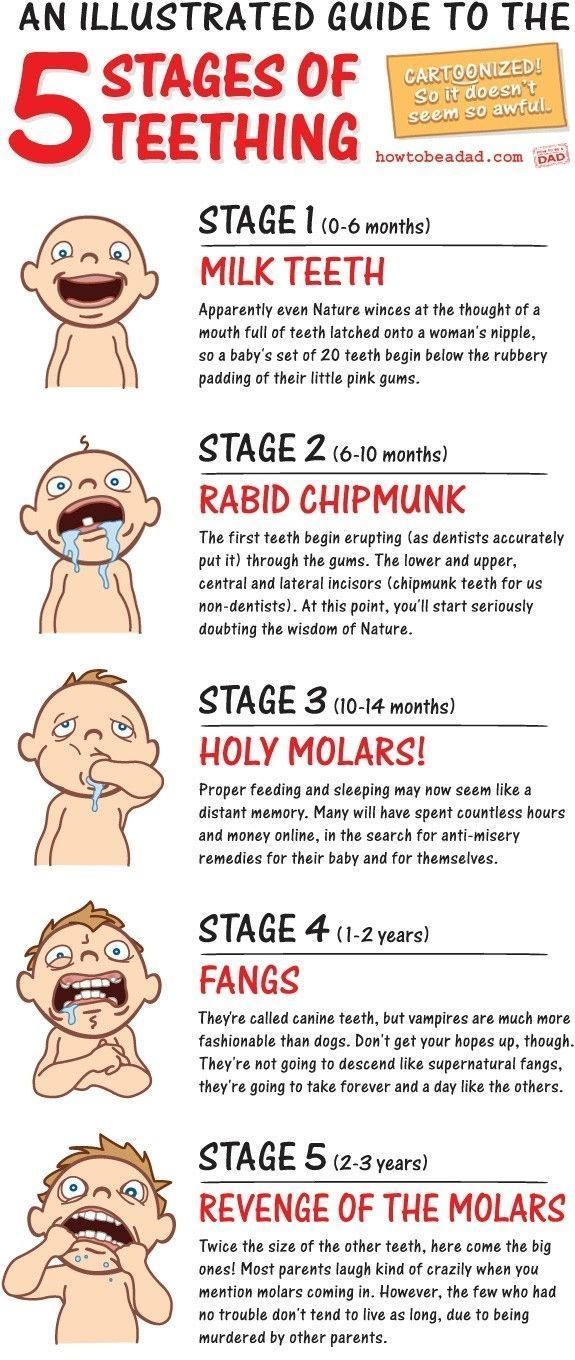
- Watch for signs of fullness. Biting is most likely to happen when your baby is full and has lost interest in nursing, so watch for signs that he is full (stops sucking and swallowing, falls asleep) and take him off the breast before he has a chance to bite.
- Pay attention. Some babies will bite if your attention is elsewhere—on the phone or TV, for example. Engage with your baby while breastfeeding, and see if this helps. You may also minimize distractions by dimming lights, turning off the TV, playing music, or going to a quiet room.
Many mothers instinctively pull back and cry out when bitten, startling their babies. This negative reinforcement can be a deterrent to ever biting again. Some mothers couple this with putting the baby down for few minutes and walking away before returning to the feeding.
If, despite your efforts to prevent biting, your baby bites, simply press her face into your breast for a few seconds rather than pulling her away.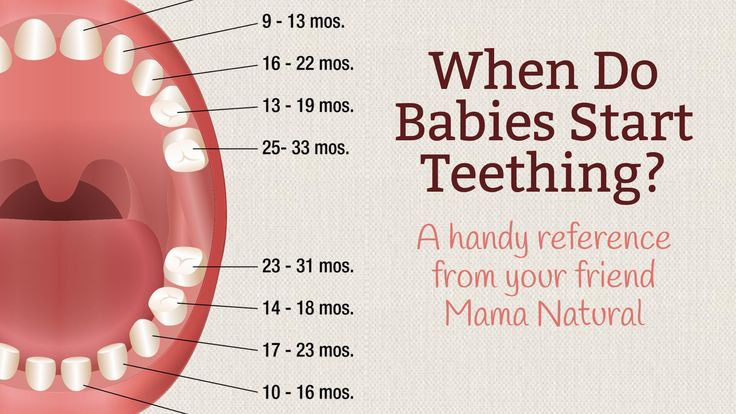 This will cause your baby to release the breast in order to breathe. Once you soothe her gums, try completing the feeding.
This will cause your baby to release the breast in order to breathe. Once you soothe her gums, try completing the feeding.
Last updated May 20, 2020
Feeding and teething: how to help them with the pain | Baby & toddler articles & support
Your child might have just started weaning when teething creates a stumbling block. Here we see how teething can affect eating, and how to get through it.
One symptom connected with teething is a decreased appetite for solid foods (Macknin et al, 2000; Lyttle et al, 2015; Eisenstadt et al, 2017). And guess what? You’re likely to start weaning your little one around the six-month mark – the exact same time many babies cut their first teeth (eyes roll again) (Lyttle et al, 2015).
So why do they start fussing all of a sudden? It will come as no surprise that teething causes a lot of discomfort (Eisenstadt et al, 2017).
Where’s my baby’s appetite gone?
Just like us adults can go off our foods when we’re feeling under the weather, so can our little ones. The gums swell and are tender to touch just before a tooth breaks through (Ashley, 2001). So anything in your little one’s mouth could cause more pain.
The gums swell and are tender to touch just before a tooth breaks through (Ashley, 2001). So anything in your little one’s mouth could cause more pain.
That said, not all babies lose their appetite when teething. Like with everything else, they’re all different. In fact, the science shows only around one third of teething babies lose their appetite (Macknin et al, 2000).
When will my baby’s teething affect their appetite?
Interestingly, some studies show children lose their appetite with teething only when their canines come through, not when their incisors or molars emerge (Memarpour et al, 2015). Generally, these canines – the pointy ones either side of the front four – appear when your little one is 16 to 22 months old (NHS Choices, 2016a; NHS Devon, 2018).
We know from parents we speak to that many encounter food fussiness earlier than the 16 to 22 month mark. So our practical tips can apply whatever your baby’s age over six months, when weaning starts (NHS Choices, 2018).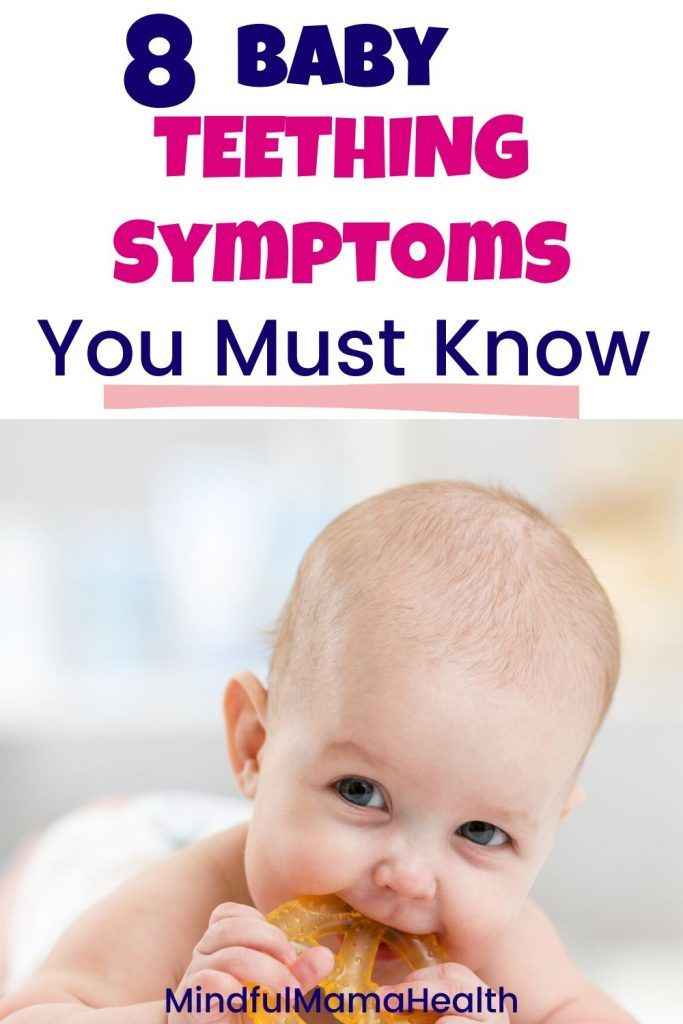 This guide shows you what to do if your baby is struggling to juggle tooth pain and munching.
This guide shows you what to do if your baby is struggling to juggle tooth pain and munching.
Which foods are best when they are teething?
If your baby goes on a feeding strike as they start to cut some teeth, the following should help. It is a case of trial and error here, there’s no right answer. Experiment and see what they seem most comfortable with the following types of foods.
1. Soft foods
Much like us adults might eat nothing but soup after a painful procedure at the dentists, babies might just want to stick with soft foods and purees. Anything they can slurp from a spoon with minimal contact with their gums. A fruit or vegetable puree, or a soft risotto or macaroni cheese (blitzed or slightly overcooked for minimal chewing) could be just the comfort food they need right now.
2. Cool foods
Chilled foods can take the heat out of those burning gums (Ashley, 2001). Yogurt is an easy option here. A ready-made pouch popped in the fridge. Or try some fruit or veg straight from the fridge such as cucumber sticks, a whole strawberry or avocado mushed up.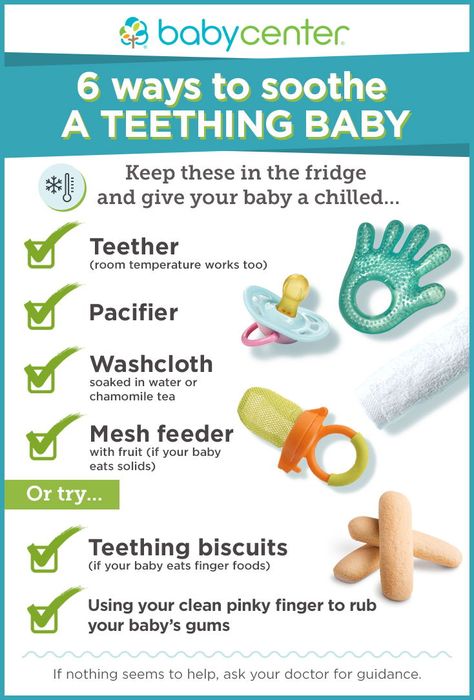
Just remember foods containing meat, or prepared in advance will need reheating for food hygiene reasons so might not be suitable (NHS Choices, 2015). And make sure you stay with them while they’re eating to watch out for choking.
3. Hard foods
To chew and bite down on have been proven to provide relief in around half of teething babies. Why? Their firmness provides counterpressure to a rising tooth (Memarpour et al, 2015).
Try carrot sticks, whole green beans or sugar snap peas, sliced pepper, breadsticks or bread crusts for babies over six months (Ashley, 2001). As above, just ensure you are on watch to avoid them choking on the chunkier items.
Avoid rusks, because nearly all brands contain some sugar. And sugar can cause tooth decay, even if your child only has a few small teeth (NHS, 2016b). You can read more about how to ease their pain with hard foods and teether toys here.
Does it matter if they are not eating as much as usual?
Try not to worry if not much is going in at any one mealtime. If they are still drinking their usual milk, they’ll be getting nutrients from that. That said, if their hunger strike seems to last more than a few days and you’re worried, see your GP or health visitor.
If they are still drinking their usual milk, they’ll be getting nutrients from that. That said, if their hunger strike seems to last more than a few days and you’re worried, see your GP or health visitor.
Try to keep them hydrated. While some babies want to suck and therefore breast or bottle-feed more during a bout of teething (Macknin et al, 2000), others go off the idea. If they are refusing milk or drinking less than usual, try to get them to sip some water, or add milk to their purees. Some parents we speak to also make breast or formula milk lollipops to get milk into their little ones, and soothe their gums at the same time. Win, win.
If they are chewing down on everything, including their bottle teat, try a teether toy instead, which might be more sturdy. If your baby is chewing down on your nipple (hideous), then read our article on feeding and biting.
When will the fussing end?
Your baby will probably have a reduced appetite for solids for the five days ahead of a tooth peeping through, the day it surfaces and for three days afterwards (Macknin et al, 2000). So in general, your baby should be more into their food again in just over a week. That is, unless another tooth is on its way (...you guessed it, another eye roll).
So in general, your baby should be more into their food again in just over a week. That is, unless another tooth is on its way (...you guessed it, another eye roll).
Further information
Our support line offers practical and emotional support with feeding your baby and general enquiries for parents, members and volunteers: 0300 330 0700.
You might find attending one of NCT's Early Days groups helpful as they give you the opportunity to explore different approaches to important parenting issues with a qualified group leader and other new parents in your area.
Make friends with other parents-to-be and new parents in your local area for support and friendship by seeing what NCT activities are happening nearby.
For guidance on how to look after those teeth once they appear (and what foods and drinks they should avoid) read our article on brushing baby’s teethand why teeth hygiene is important for babies.
NCT has partnered with the British Red Cross to offer courses in baby first aid.
How to feed a child during teething? – Kid's Republic Blog
Parents sometimes notice that their beloved child suddenly refuses the usual food, cries, is naughty. The reason for this behavior may be painful teething. How to feed a child during this difficult period, how to find out that his teeth have begun to appear and that they cause discomfort?
How can you tell if a child is teething?
The central teeth appear first in children. Usually they can be boasted as early as 6 months. But individual symptoms will be noticeable much earlier, two months before the onset of an important event. Most babies experience discomfort 3-4 days before teething. They completely disappear on the 4th day after the tooth comes out. By what signs can teething be recognized in order to organize the proper nutrition of the baby? nine0003
- the child becomes very moody. He refuses to play his favorite games and often cries, even when he is in his mother's arms;
- produces much more saliva - so be sure to stock up on a change of bibs;
- the baby can bite.
 To quickly alleviate this condition, let him gnaw on a special ring;
To quickly alleviate this condition, let him gnaw on a special ring; - your face or cheeks become red, like after a long run; nine0012 the temperature may rise;
- disturbed sleep pattern;
- no appetite.
The exit of the first teeth is always the most painful. Therefore, it is so important to initially learn how to make the right children's menu for every day, which the baby can eat completely.
Proper nutrition for a baby with toothache
How to help a baby with no appetite due to pain? To make food enjoyable, use the following tips: nine0003
- never force you to finish what is left on your plate or bottle;
- always prefer liquid meals that are easier to swallow. During this difficult period, ready-made organic fruit and vegetable purees produced by the French brand Good Gout will help you. They contain 99.9% natural, the most useful products for children. Soft, delicious puree of pumpkin, apples, pears, strawberries, mangoes, bananas with a drop of lemon juice will appeal to any picky eater.
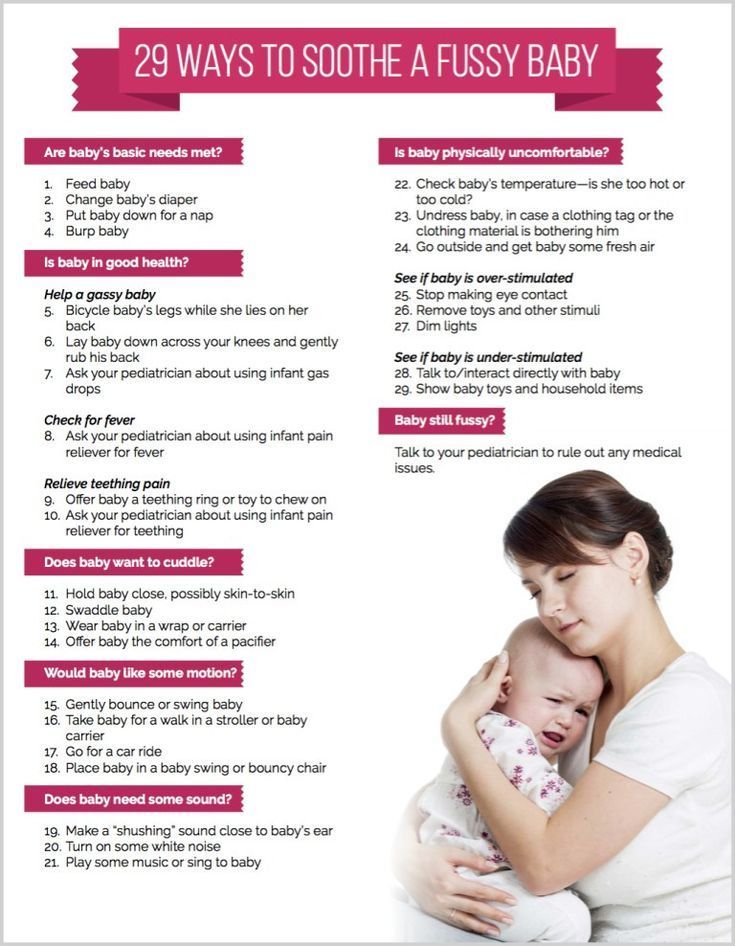 Ready-made liquid cereals from cereals "Strawberry Muesli", "Oats, Wheat, Rice" and other ingredients contain only organic flour, vitamins and nothing else; nine0013
Ready-made liquid cereals from cereals "Strawberry Muesli", "Oats, Wheat, Rice" and other ingredients contain only organic flour, vitamins and nothing else; nine0013 - products are best served chilled. In this form, they will play the role of a light pain reliever. Invite your child to chew vegetable or fruit sticks from carrots, bananas, cucumbers;
- to create comfortable conditions, try to cook only your favorite dishes.
Diet for older children
The process of teething takes a long time, it usually ends by the age of three. What foods to choose for children from 1 to 3 years old if they are teething? Good Gout suggests using organic biscuit sets specially made to provide some relief from the pain of new teeth. Small squares with an incredible taste of mango, banana or coconut will become your fidgets' favorite dishes. nine0003
Assortment of children's eco products Good Gout. extremely large. Today, a child can try pasta with eggplant, tomatoes and cream, mini baguettes with cheese, rosemary and tomatoes, and tomorrow invite him to chew on delicious pea sticks or three types of crispy rice cakes with apple, carrot, blueberry.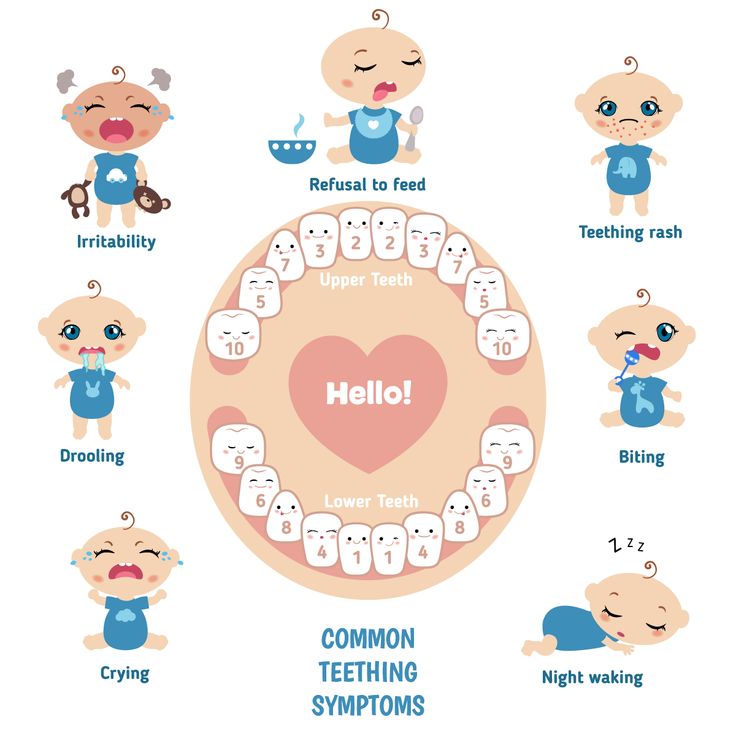 Organic nut, banana, almond, and round vanilla or oval cocoa cookies will help relieve itchy gums and help make chewing less painful. nine0003
Organic nut, banana, almond, and round vanilla or oval cocoa cookies will help relieve itchy gums and help make chewing less painful. nine0003
The listed products are recommended to be included in the diet of the child and in the usual period. Fruits, vegetables, cereals and other ingredients included in their composition are not chemically processed, do not contain harmful substances, heavy metals and GMOs. All products, certified according to high European safety standards, are packed in convenient, securely closed bags made from safe, environmentally friendly materials. You can take them with you on a daily walk and on a long trip. nine0003
Good Gout organic nutrition is a correct, varied diet that strengthens the child's immunity and is beneficial for his health.
Back to list
Quick view
Baby fruit puree Apple and chestnut, Good Gout, 120g. from 4 months
99 UAHAdd to cartView details
Buy in 1 clickTo compare
Add to WishlistIn stock nine0003
Quick view
Children's fruit puree GOOD GOUT Mango 120 g.
Add to cartView details
Buy in 1 clickTo compare
Add to WishlistIn stock
Quick view
Baby porridge Oats, wheat and rice, Good Gout, 200g. from 6 months
285 UAHAdd to cartView more
Buy in 1 clickTo compare
Add to WishlistIn stock
what to do if the teeth are climbing and the baby has a poor appetite
Published: 05/06/2022
Reading time: 2 min.
Number of reads: 59652
Author of the article: Ponomareva Yuliya Vladimirovna
Pediatrician, candidate of medical sciences, allergist-immunologist
The appearance of milk teeth in a baby is a difficult stage in the life of both a child and all family members. This is one of the most common causes of restlessness, moody behavior and poor appetite in an infant in the first year of life. Let's discuss how parents need to behave in order to help the baby get through this difficult period. nine0003
This is one of the most common causes of restlessness, moody behavior and poor appetite in an infant in the first year of life. Let's discuss how parents need to behave in order to help the baby get through this difficult period. nine0003
Contents: Hide
- Timing of teeth
- Changes in health
- Refusal to eat
- General rules
- Baby porridge
- Practical tips
Terms of appearance of teeth
The formation of teeth occurs in utero, that is, the baby is born already with a full set of teeth, which then wait for their time to erupt. The timing and pace of teething is an individual process, which depends primarily on heredity, as well as on external factors, such as the quality of drinking water and the nature of nutrition. For the first 3-4 months, the baby is exclusively breastfed, and the baby does not need teeth yet. By the 4th month of life, the baby is already deficient in the nutrients of breast milk, the stage of the start of the introduction of complementary foods begins.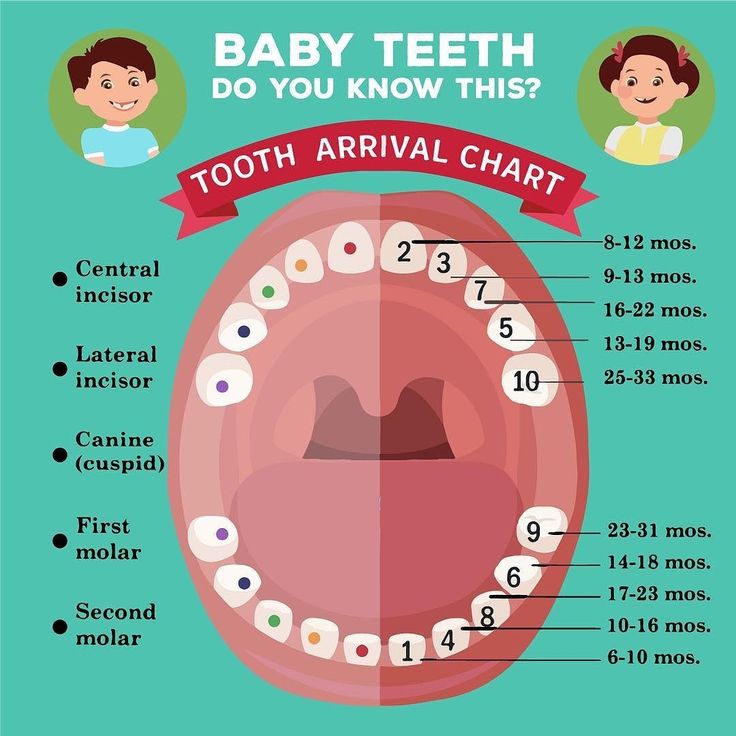 At this age, many children begin to appear the first milk teeth. However, the timing of the onset of eruption can be shifted to the second half of life, this is also a variant of the norm. On average, by the 12th month of life, a child has 8 teeth and 20 by 2 years. nine0003
At this age, many children begin to appear the first milk teeth. However, the timing of the onset of eruption can be shifted to the second half of life, this is also a variant of the norm. On average, by the 12th month of life, a child has 8 teeth and 20 by 2 years. nine0003
Health changes
The most common teething symptoms are increased salivation and itchy gums. During this period, the child pulls in his mouth and gnaws his own fingers and any objects that come across. In addition, the appearance of teeth is often accompanied by an increase in body temperature, changes in the stool and a decrease in appetite. The temperature can be above 38 ° C and disturb the child for several days. To make sure that changes in the baby's health are associated with the appearance of milk teeth, carefully examine the child's oral cavity. On examination, you will find redness and swelling of the gums at the site of the new tooth, and the child will respond even to a slight pressure on this area.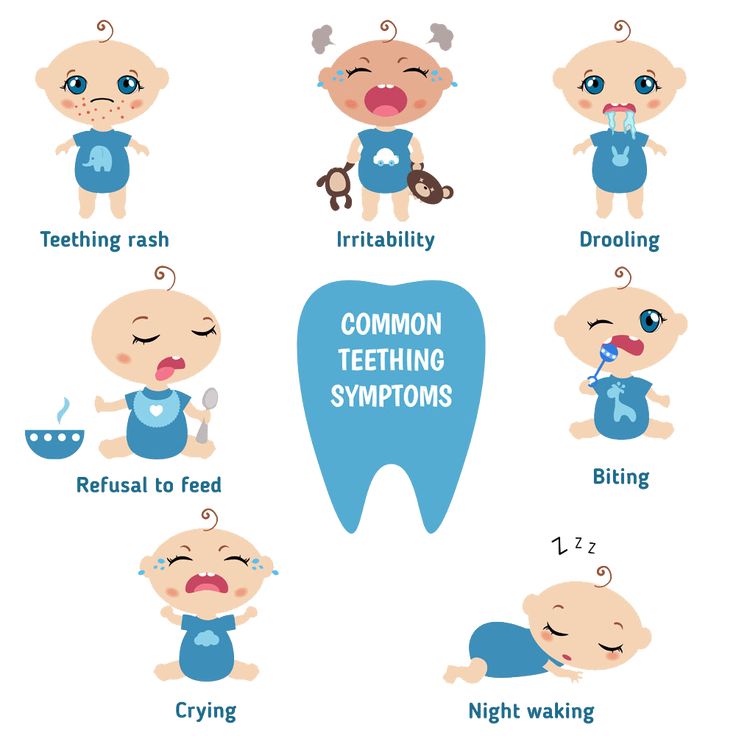 Against the background of teething, the immune defense of the baby is often reduced, which leads to the appearance of symptoms of a viral or bacterial infection. Therefore, changes in the state of health of the crumbs can only be indirectly associated with teething. In every ambiguous situation, do not neglect the advice of a pediatrician. nine0003
Against the background of teething, the immune defense of the baby is often reduced, which leads to the appearance of symptoms of a viral or bacterial infection. Therefore, changes in the state of health of the crumbs can only be indirectly associated with teething. In every ambiguous situation, do not neglect the advice of a pediatrician. nine0003
Refusal to eat
Teething in babies is often accompanied by eating disorders - children become selective in their choice of food, and often completely refuse food. Since the appearance of milk teeth is a long process, many parents of babies are concerned that during the period when teeth are being cut, the child does not eat almost anything. The contact of food with the gums increases pain, and the child does not perceive any food well. "How and what to feed the baby?" - this is the most pressing issue for parents of infants in the first year of life. Try to follow the general recommendations during this period, as well as some practical tips to help keep the child from being hungry. nine0003
nine0003
General rules
Despite the difficult situation, do not force-feed. Forced eating can provoke disruption of the digestive tract and be the cause of improper eating behavior in the future. During this period, it is better to adhere to a free feeding regime according to the principle - often, but in small portions. If the mother is breastfeeding, then expect the frequency of feedings to change. The child has a need for frequent application, not only to satisfy hunger, but also for emotional calm. In the acute phase, refuse to introduce complementary foods and choose foods that minimally irritate the oral mucosa. During this period, salivation is increased in babies, therefore, to restore the water balance, periodically offer the baby drinking water for babies, allowed from birth. The baby has a desire to gnaw and bite everything, but during this period it is better to refuse solid food as much as possible, since sharp edges can additionally injure the mucous membrane and only worsen the situation.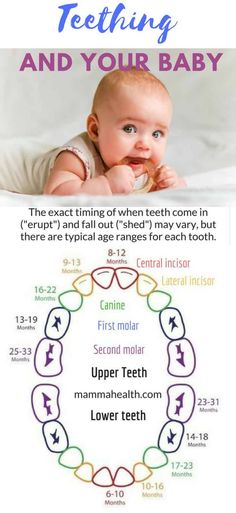 Among complementary foods, the most optimal choice during teething are cereal complementary foods. nine0003
Among complementary foods, the most optimal choice during teething are cereal complementary foods. nine0003
Children's porridge
What are the advantages of choosing children's porridge as a priority in the baby's diet during the period of the appearance of milk teeth? Firstly, it is a highly nutritious product - the combination of milk and cereals meets the needs of the child for energy and nutrients, even with a relatively small amount of the finished product. Secondly, the appropriate consistency of commercially produced baby cereals facilitates the assimilation of complementary foods. Bebi Premium baby cereals for children over 4 months of age have a homogenized degree of grinding, which does not require additional gum grinding and reduces the load on the jaw apparatus. In addition, they are easily and without lumps diluted with water or breast milk at room temperature, which also reduces the severity of pain compared to warmer food. Fruit and vegetable complementary foods, despite the appropriate puree-like structure, are rich in organic acids, which can be a source of irritation of the delicate mucous membrane of the baby's gums. During this period, another important advantage of the Bebi Premium line of children's cereals is the reduced sugar content. Sugar is a good breeding ground for microbes that live in the oral cavity, its excess intake can increase the inflammatory process in the gums. nine0003
During this period, another important advantage of the Bebi Premium line of children's cereals is the reduced sugar content. Sugar is a good breeding ground for microbes that live in the oral cavity, its excess intake can increase the inflammatory process in the gums. nine0003
Practical advice
The pharmaceutical market offers a variety of topical gum pain relievers approved for use in children. However, it is recommended to use them very carefully and in consultation with the pediatrician in cases where pain significantly affects the condition of the crumbs. Be careful when using them, as swallowing the gel with painkillers can lead to severe toxic reactions. Safe aids are special teethers. Among them, the most effective are devices with a cooling gel or water inside. Offer the baby teethers before the next meal, and then he will eat complementary foods more calmly. Another simple and useful procedure is to massage the gums in the direction from the center to the corners of the mouth, avoiding impact on the eruption zone.